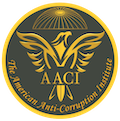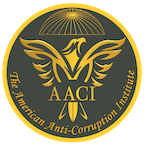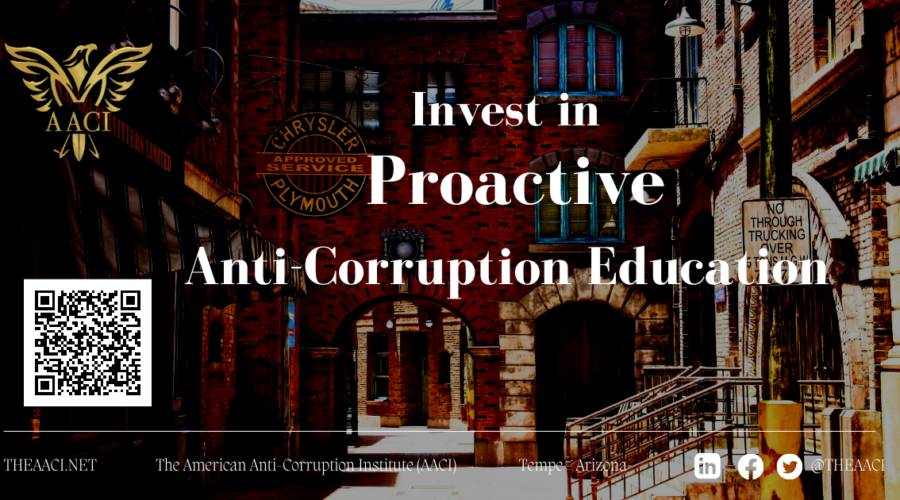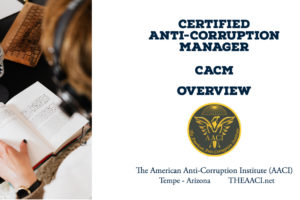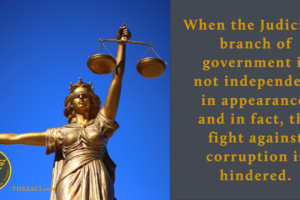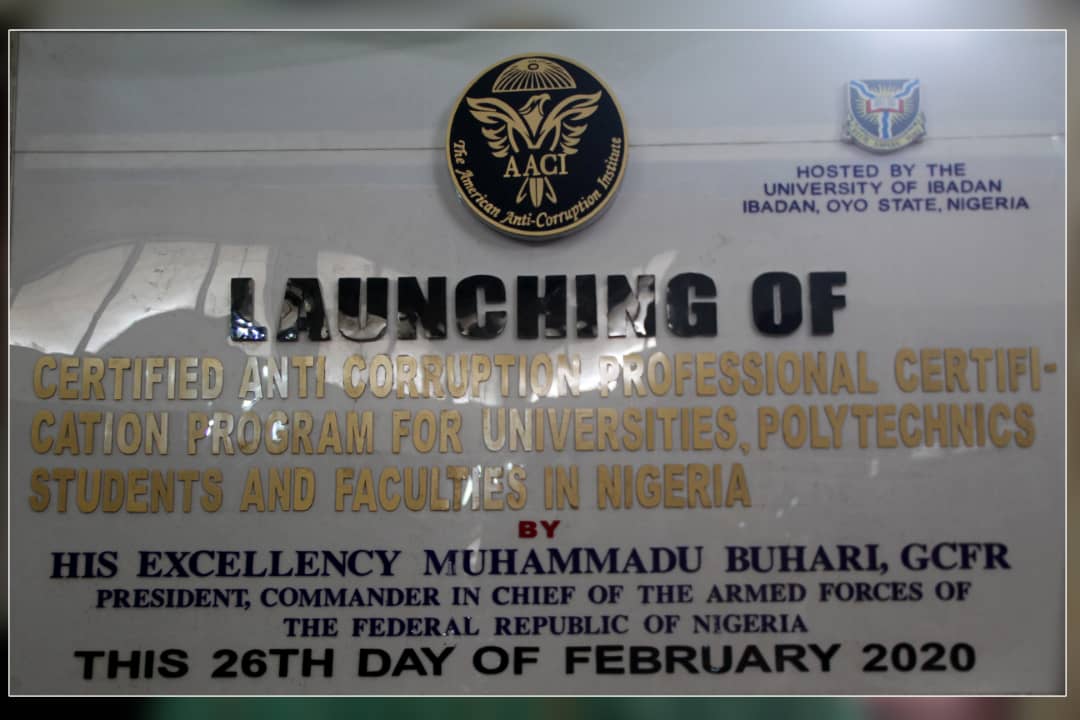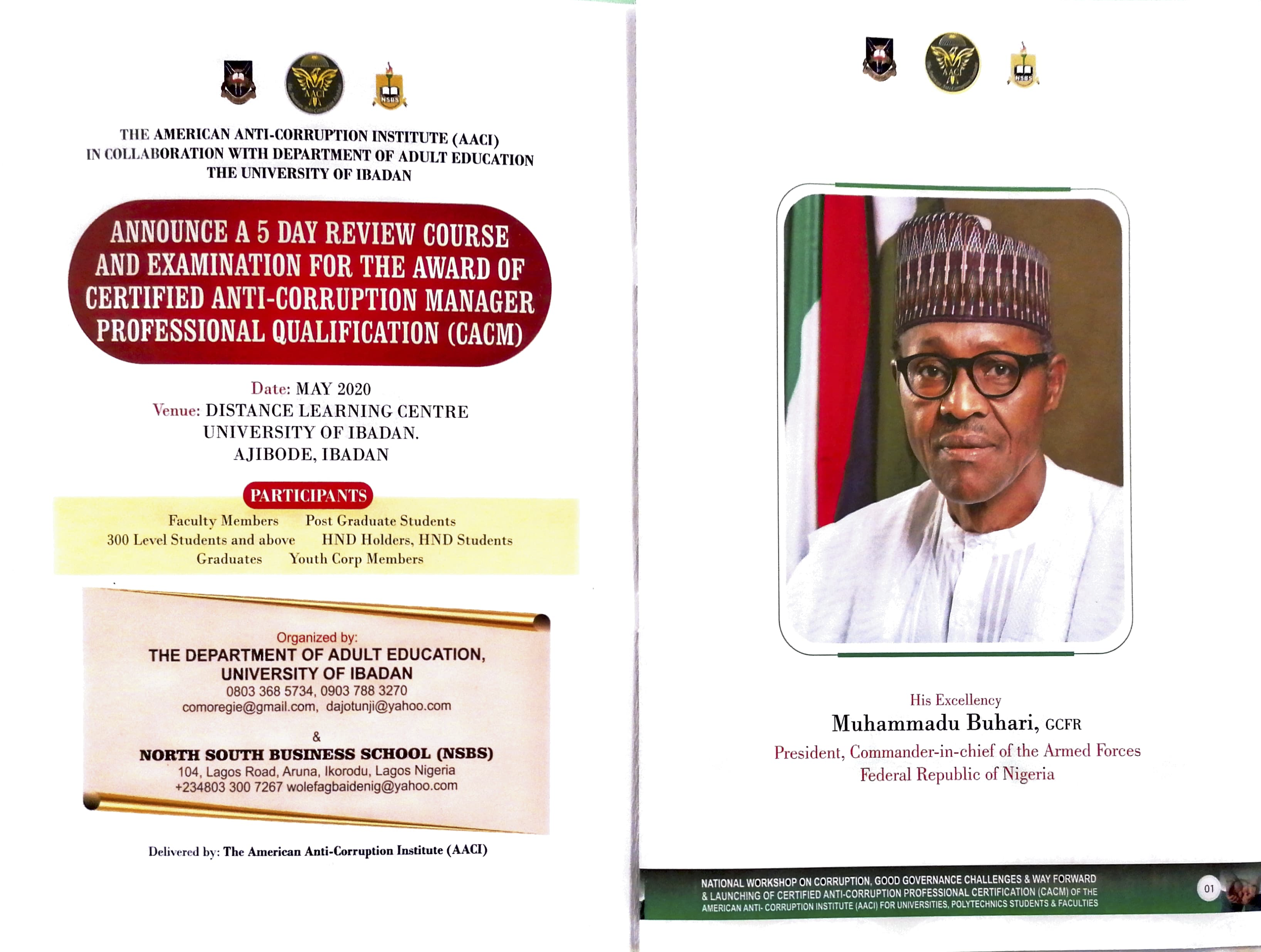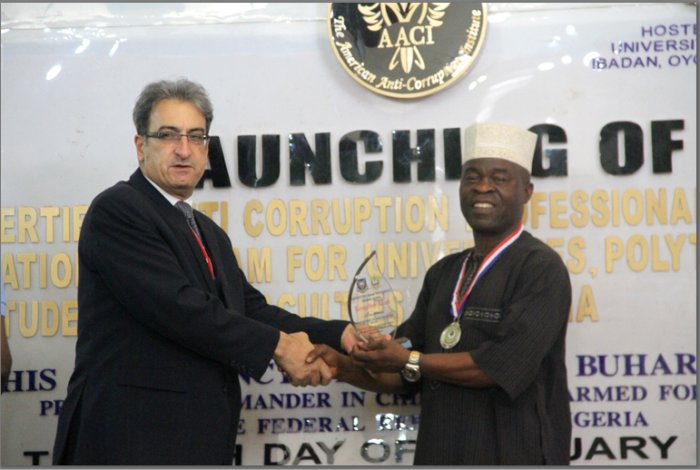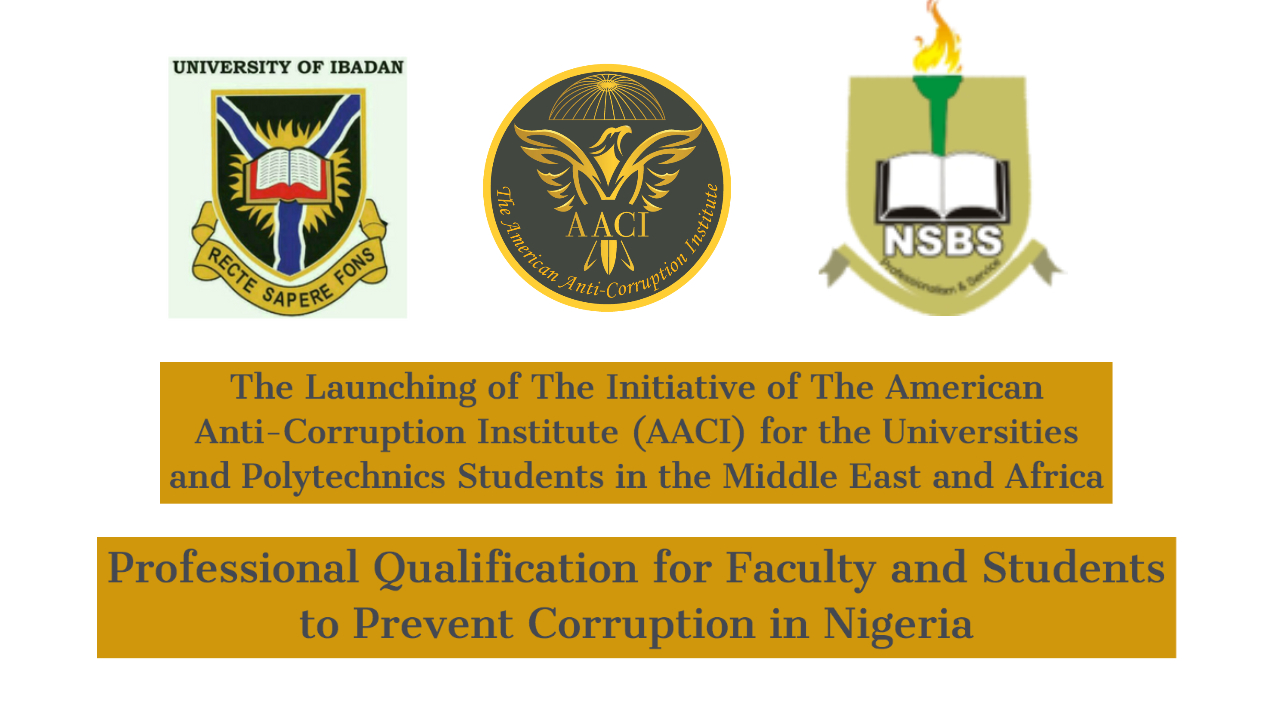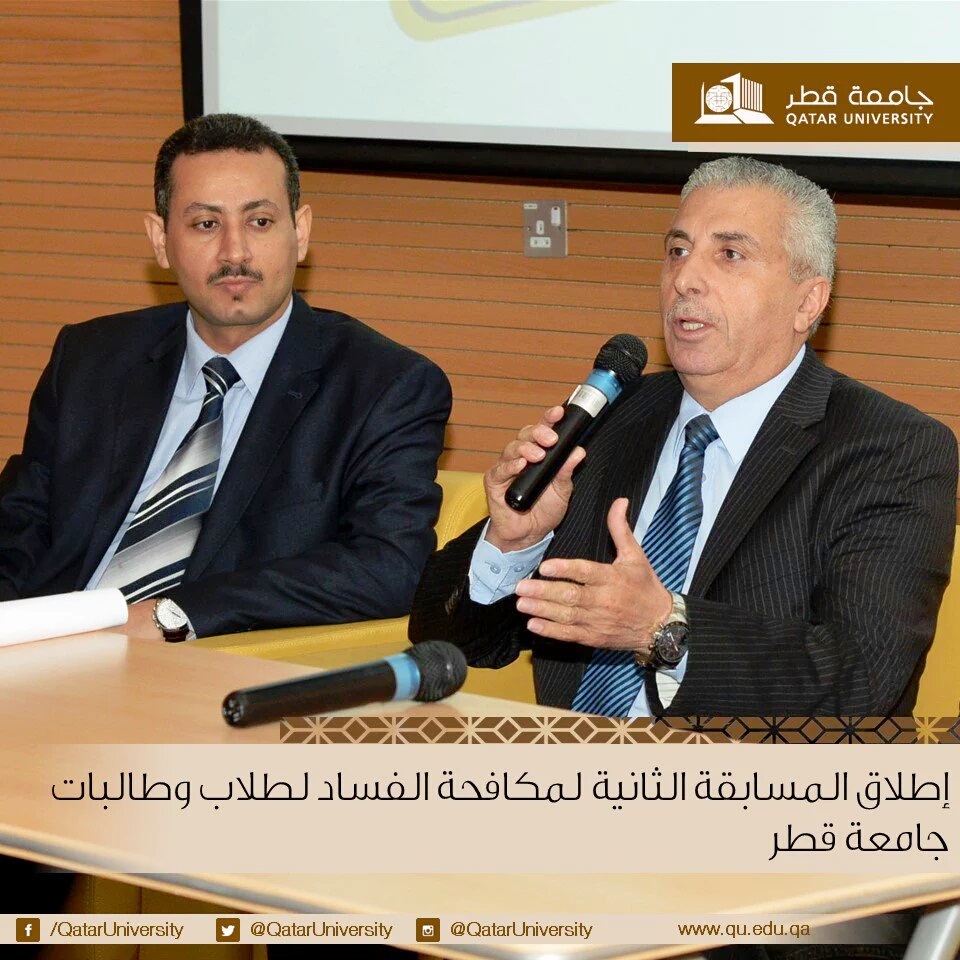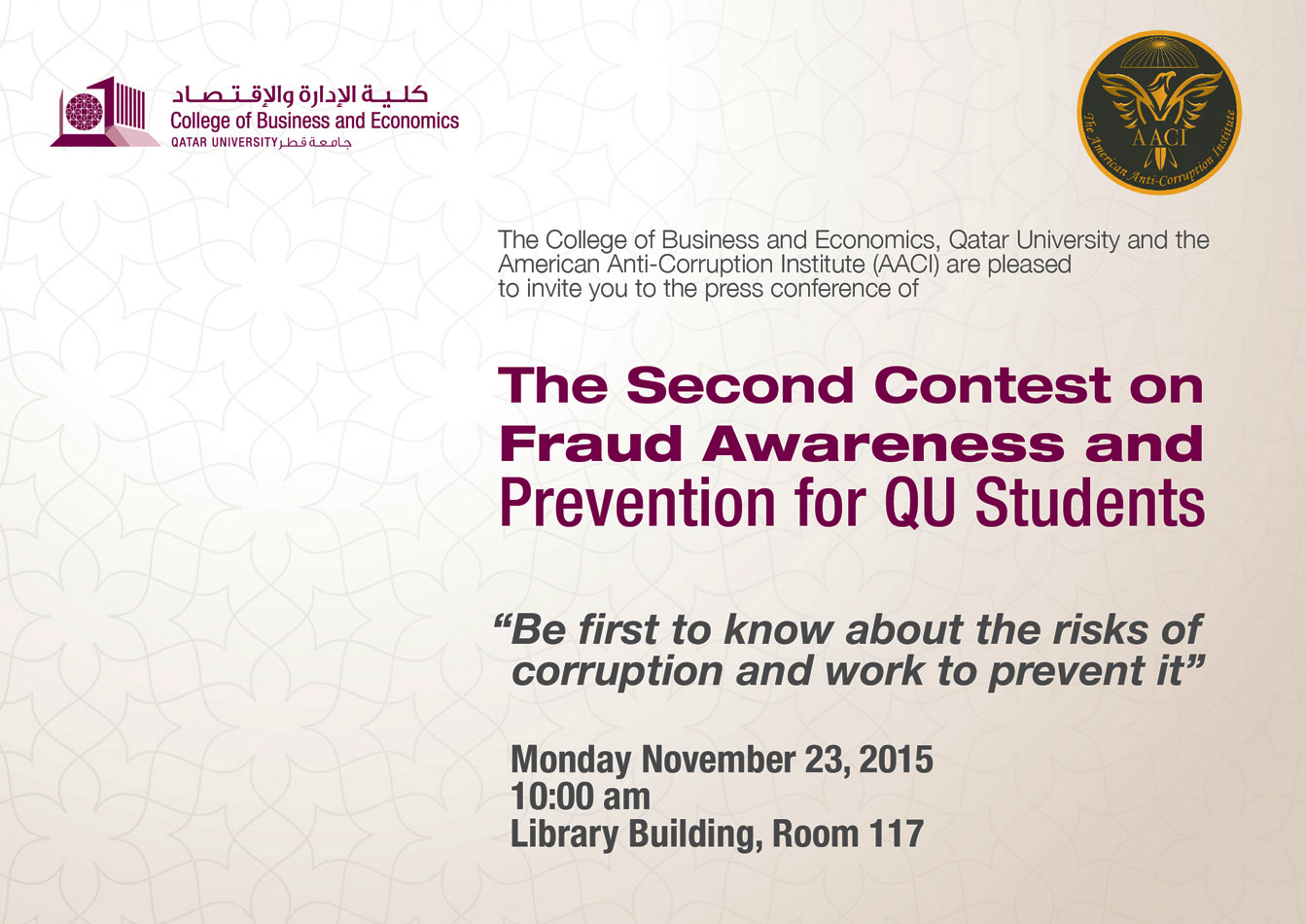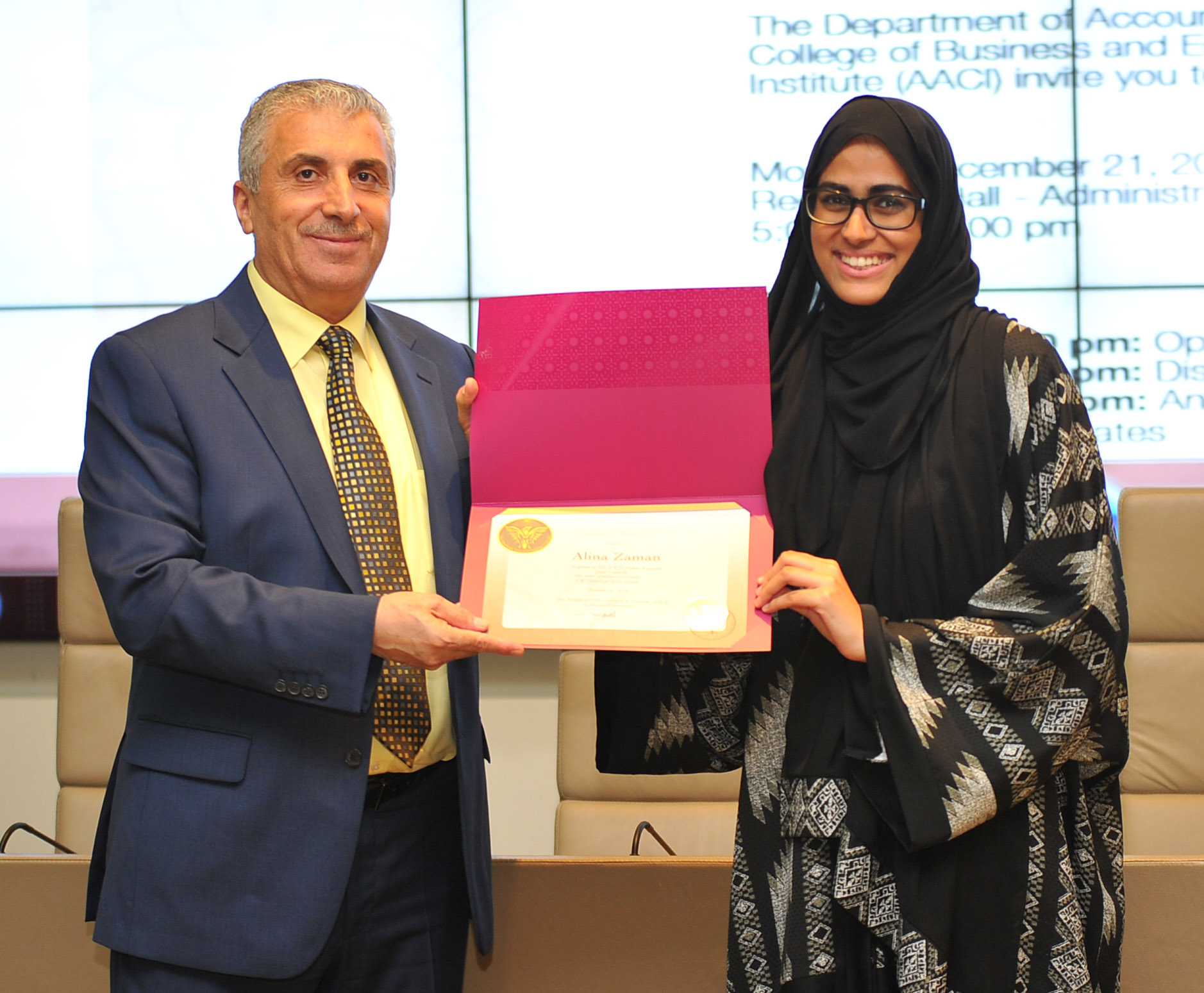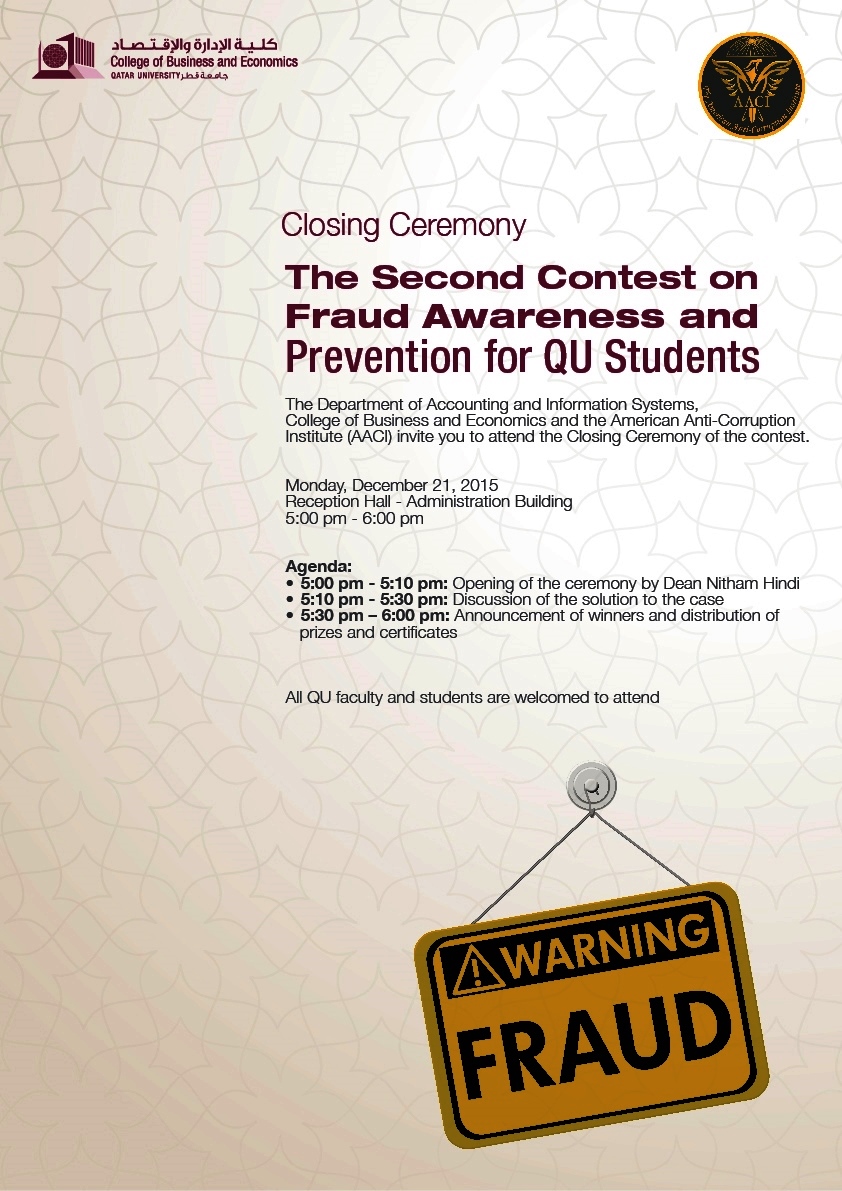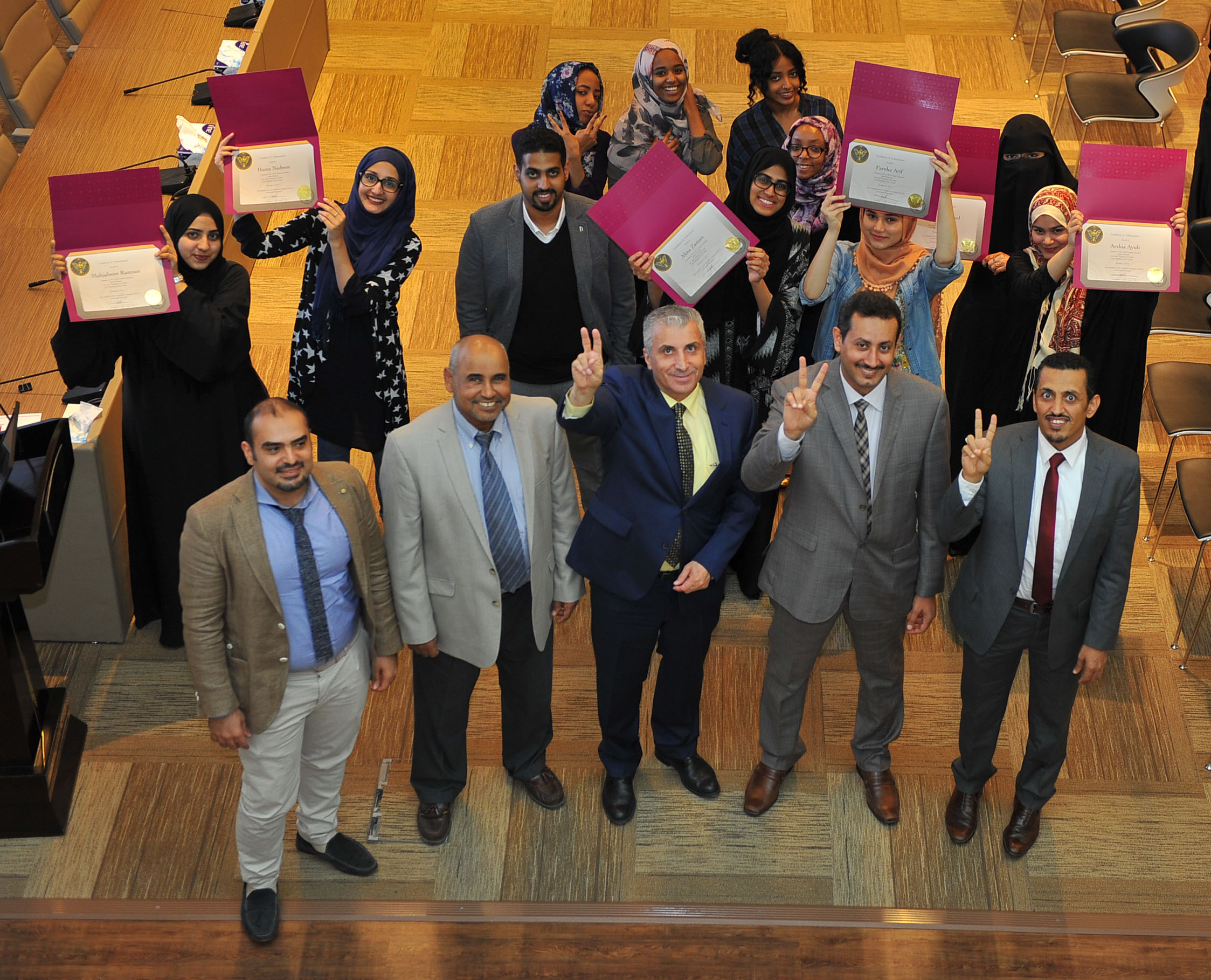Technical Staff
June 25, 2022
In an organizational context, corruption is a business risk. Therefore, business leaders should manage such a risk to an acceptable low level and include it in the organization’s risk management strategy. Employee involvement in combating fraud and corruption is critical for deterring, preventing, and discovering it. However, how does one prevent what he is unaware of?
Educate, Educate, Educate.
It is not uncommon to find organizations where employees at all levels have not received proper training regarding fraud and corruption. The United Nations Convention Against Corruption (UNCAC) emphasizes the requirement for countries ratifying the Convention to invest in corruption prevention education, training, and awareness. Article 7, Public Sector, 1(d) states:
“promote education and training programmes to enable them to meet the requirements for the correct, honourable and proper performance of public functions and that provide them with specialized and appropriate training to enhance their awareness of the risks of corruption inherent in the performance of their functions.” In addition, Article 13. Participation of Society, 1(a-c) states:
“to promote the active participation of individuals and groups outside the public sector, such as civil society, non-governmental organizations and community-based organizations, in the prevention of and the fight against corruption and to raise public awareness regarding the existence, causes and gravity of and the threat posed by corruption. This participation should be strengthened by such measures as:
(a) Enhancing the transparency of and promoting the contribution of the public to decision-making processes;
(b) Ensuring that the public has effective access to information;
(c) Undertaking public information activities that contribute to non- tolerance of corruption, as well as public education programmes, including school and university curricula.”
Contents and Mode of Education
The nature and magnitude of anti-corruption awareness programs are objective-oriented and should take into consideration the following factors:
(a) Local social norms, culture, and values
(b) The pervasiveness of corruption,
(c) The pervasiveness of the rule of law,
(d) The independence of an effective judiciary, and
(e) The audience’s level of anti-corruption education.
In the midst of the current extraordinary information technology revolution, it is unthinkable not to embrace creative technologies to combat corruption, such as blockchain-based apps. The public, private, and civil society sectors must all invest in their people and communities so that citizens and decision-makers alike understand what corruption is, what its primary schemes are, what it damages, and what to do when we see it or are invited to participate in it.
